Making Skincare More Sustainable, by Kate Palmer, Gaia’s Little Helpers
514
Learning to make cosmetics was something I was basically forced into. I have Mast Cell Activation Syndrome, which results in an inordinate amount of allergies. In particular, synthetic preservatives and fragrances are an absolute no-no for my skin, which rules out almost all mainstream cosmetics. I therefore had little choice but to train in cosmetic science in order to be able to make products for myself. By the time I’d completed my training, I’d also come to realise that the problems with the mainstream beauty industry went far beyond synthetic ingredients, and I decided to launch an artisan skincare brand selling products that seek to solve the biggest problems of the industry.
According to statistics, the cosmetics industry generates 120 billion units of packaging every year, most of which consists of plastic, treated cardboard, cellophane and other non-recyclable elements. Many companies make claims that their plastic bottles can be recycled, but just because something theoretically can be recycled, doesn’t mean it is. Experts say that cosmetics bottles are virtually never recycled, due to being too small and low-grade to make it economically viable.
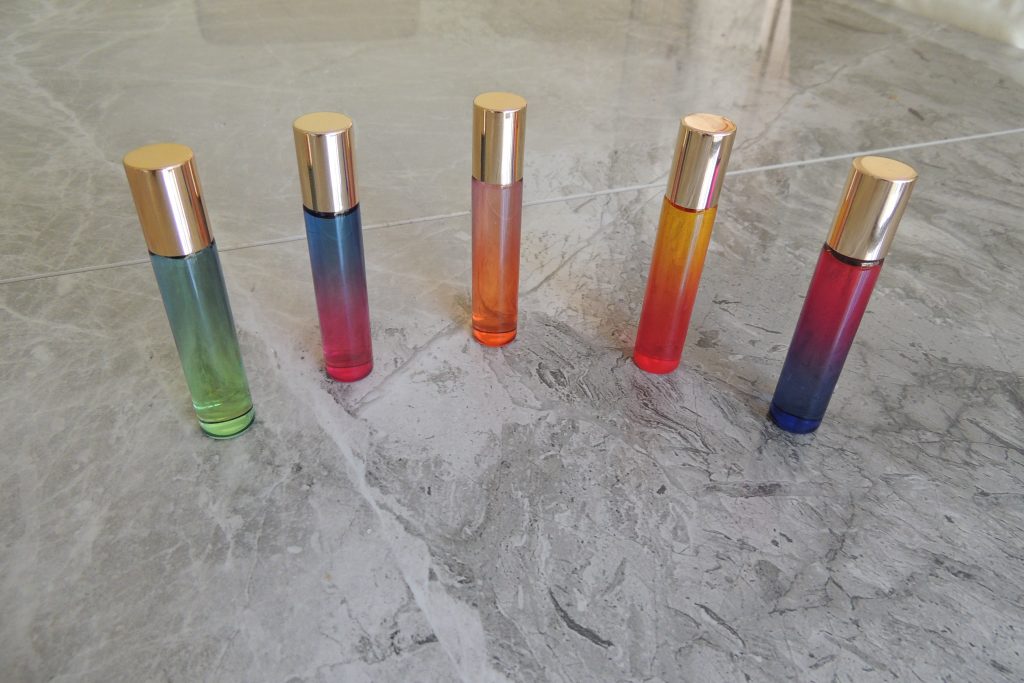
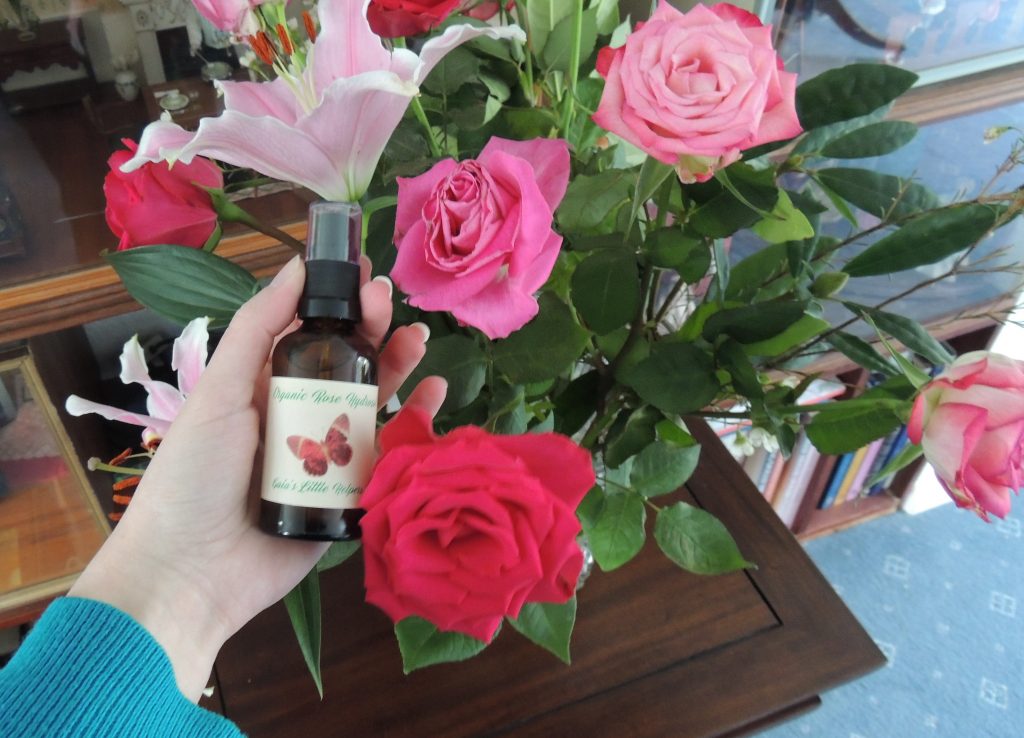
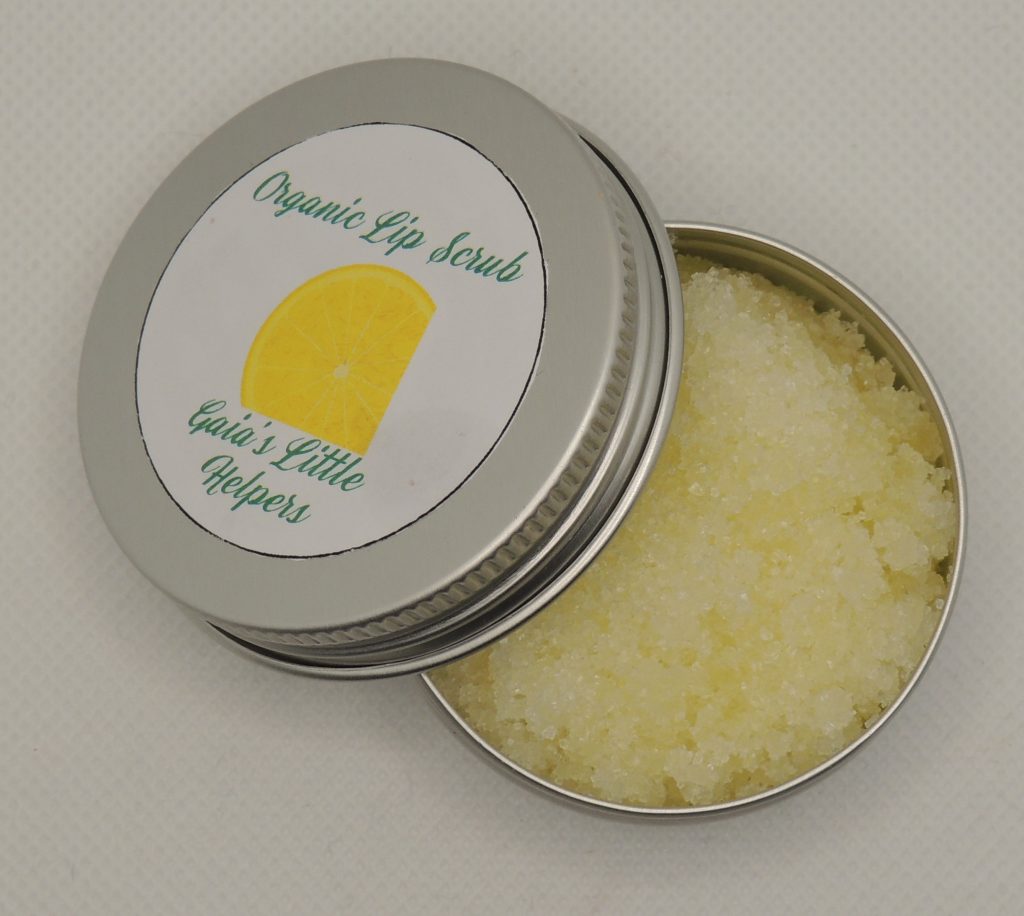
The simple solution to this problem is to eliminate plastic packaging altogether. However, this isn’t as easy as it sounds. For my products, I’ve used glass jars with aluminium lids wherever possible, but some products have to be packaged with airless pumps in order to comply with safety legislation and so make them legal for sale. These pumps are only available in plastic, so even if the bottle is glass, the dispenser is still made from rigid plastic. So far, the best solution I’ve come up with for this is to offer my customers a discount off their next purchase for every bottle they return to me. I can then sterilise these for reuse.
Outer packaging is also a problem. Although many cosmetics are sold in card boxes, these are often decorated with metallic foil or shiny coatings which more often than not render the card non-recyclable. And that’s not to mention the often toxic glues used on boxes and labels, or the plastic in the labels themselves. The more I researched different packaging options, the more environmentally damaging substances I found lurking in unexpected places. For my labels, I chose recycled paper with non-toxic glue, or for some of my products I went for a bio-plastic made from wood chips. I’ve also gone for Kraft boxes where necessary, eliminating boxes entirely in cases where I can fit all the required information on the bottle or jar. Since unfortunately most customers are far more swayed by shiny boxes than we like to admit when it comes to purchasing choices, I’m currently working on a range of customised boxes, which will still use recycled paper and be fully recyclable, but will also be printed in attractive colours and have a more branded look.
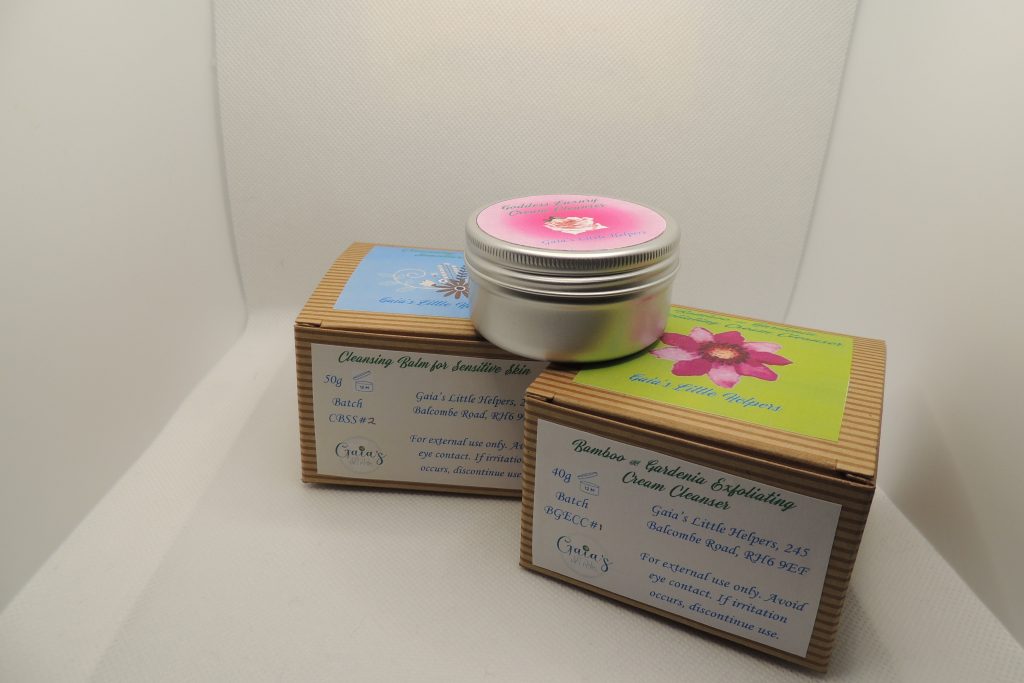
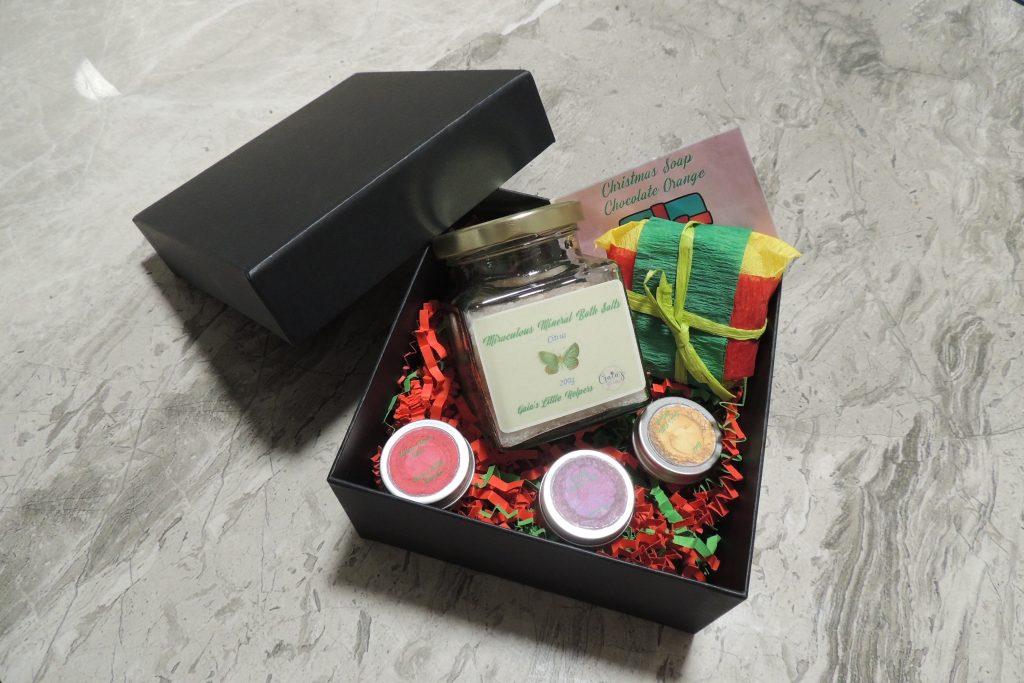
And then there are the ingredients themselves. The cosmetics industry is just like many other industries when it comes to jumping on the latest trend without really considering its impact. Every few months a new ingredient will make headlines and be promoted by celebrities for its alleged revolutionary skin benefits. Often, these ingredients are derived from plants in delicate environments, such as the Amazon rainforest or deserts in Africa. Argan oil, Kukui nut oil and jojoba oil are just some recent examples of this. The problem is that most consumers are just purchasing the name, without any understanding of the chemistry of the ingredient in question. A bit of research usually reveals that the same chemical properties of any given plant oil can be found in many other types of plant oil, so it’s usually possible to find an ingredient that could do the same job but is available much closer to home. Oils like camelina, echium, apple and blackberry seed oils may not get so much publicity, but they have tremendous application in skincare too, and are all produced in the UK.
It’s taken me several years of research and experimentation to develop products which meet the requirements I’ve identified for sustainability. All of the ingredients are use are vegan, natural (so no synthetic ingredients), and cruelty-free. Animal testing for cosmetic ingredients has been banned in the EU for a long time, and that applies to the UK too, but is still allowed in many countries and even required in several. This is another reason to buy local ingredients, as you can then be sure that they were not used in unethical testing. By focusing on local ingredients, I’ve reduced the total air-miles of my products, and any more exotic ingredients I’ve included are fair trade. I’ve also gone for certified organic ingredients where possible, and insist on suppliers who use sustainable packaging. For packaging my products, I’ve chosen a range of option, from glass bottles and jars to biodegradable pouches made from recycled paper. I hope that this enables me to make a contribution, however small, to reducing the catastrophic impact our species is having on our fragile planet.
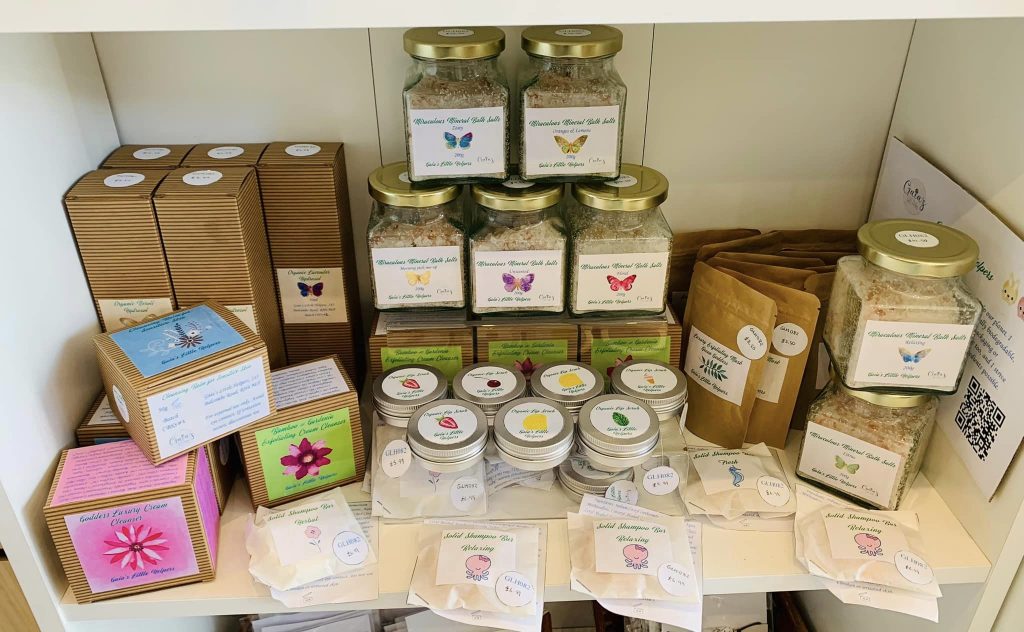
You can find my products at www.helpersofgaia.co.uk




